Varanasi is a country in itself given the kind of diverse people visit this place for various reasons. And not only people from different parts of India but from different countries in this world. Lot of them come for spiritual explorations and spend good amount of time understanding this town, it's people, culture, food and a lot more. One needs to visit Varanasi a dozen of time to get a real flavour of it. Through this blogpost, we intend to show some portraits we clicked in different parts of the town showcasing how this city operates and some of the common activities in Kashi town of India.
Above photograph is clicked around Mushi Ghat of Benaras. We were walking around the ghats early in the morning and we were sitting down around Munshi ghat which was close to our hotel. This gentleman came to the ghat, took off his shirt and did massage with oil. Now he was socking the sun and after some time he went into the Ganges rivers. After coming out of the water, he again sat at the same place and dried his body in sun.
We were in Varanasi in the month of November and mornings were little cold, especially around Ganges river. And one can see lot of gulls flying around the boats and specially the boats which offer feed to them. Some of the folks also spread corn on these octagonal structures around the ghats. These Octagonal structures are temples. Essentially these octagonal flat surfaces are roof-tops of temples around Ganges river. Above photograph shows one of the non-Indian devotees doing meditation on top of one of the temples around Ganges river in Varanasi, India.
Above photograph shows a gentleman who used sand of Ganges river as soap and took a few dips to cleanse the body. After that he offered prayers of Ganges before coming out of the water.
During early mornings, significant people of Varanasi come to ghats for holy bath before starting their daily routine. This photograph is clicked around Ahilyabai ghat of Varanasi. Lot of locals were sitting and chatting around this ghat. It looked like a morning platform for connecting with fellow Benarasis. The gentleman in the photograph was the only quiet human among 50+ people on the ghat.
While walking from one ghat to another ghat, you will see lot of sadhu's and I was wondering what kind of conversations they do when they cross by. The conversation happening in above photograph sounded very casual. Of course, I am trying to guess from their body language. Note that Rudraksh mala around the neck which is one of the important belonging you will find with almost every Sadhu.
There are some gurukuls around these ghats of Varanasi and you will see some young monks doing rituals during mornings & evenings. When I looked at this young man doing rituals, I was wondering how their life must be. What all must be going on in their heads etc.
This is a very common sight around Ganges in Varanasi. As per my knowledge, this is Surya-namaskar and probably he is praying to sun right now. I can be wrong here. Keeping all it aside, Varanasi is full of faith. You will see plenty of activities which just highlight the 'Faith'.
Here is another morning scene around Ganges in Varanasi. I want you to also notice the water colour and let me say it loud that colour is not changed in post-processing and Varanasi as well as Ganges is getting cleaner with time.
If you look closely at this photograph above this one, this gentleman has setup multiple things which are used for praying to Ganges. At this moment he is chanting some mantra and doing the counting using Rudraksha garland in that red pouch in his right hand. I like each pixel of this photograph because it has so much richness in terms of story-telling.
Kids love jumping into the Ganges and this happens throughout the day. They start the day with jumping into the Ganges, then come back after playing and why not take a dip in the evening to start a calming evening.
Here is a photograph of another boy at Assi Ghat in Varanasi, who is about to jump into the Ganges for early morning bath.
While walking around the streets of Varanasi, I was most scared of clicking photographs of Aghoris. That's because, during my first attempt an Aghori got very angry. This photograph is clicked from a distance by pretending that I am clicking something else. If you don't know about Aghoris, I will highly recommend reading about them.
The Aghori are a monastic order of ascetic Shaivite sadhus based in Uttar Pradesh, India. They are the only surviving sect derived from the kapalika tradition, a Tantric, non-Puranic form of Shaivism which originated in Medieval India between the 7th and 8th century CE. Similarly to their predecessors, Aghoris usually engage in post-mortem rituals, often dwell in charnel grounds, smear cremation ashes on their bodies and use bones from human corpses for crafting kapala (skull cups which Shiva and other Hindu deities are often iconically depicted holding or using) and jewellery. Their practices are sometimes considered contradictory to orthodox Hinduism. Many Aghori gurus command great reverence from rural populations and are widely referred to in medieval and modern works of Indian literature, as they are supposed to possess healing powers gained through their intensely eremitic rites and practices of renunciation and tapasya.
These kind of sights are sad, but this is another reality of Varanasi. From travel, I have learnt that locals do a lot of damage to their resources and many times unknowingly. It's common to see people washing cloths, who come to Ganges for holy bath. It will be unfair if I say only locals do it. Millions of people visiting Benaras from different parts of the world to rituals which make this place and Ganges dirty. On one hand govt and many NGOs are trying to keep Varanasi and Ganges clean, but at the same time 'Faith' and unawareness is making it dirty. I am positive that this will change in +ve way in future.
When we went to the famous Kashi Vishwanath Temple, the priest in above photograph gave us the tour. It was an event happened an evening before the day this photograph was clicked. There are thousands of people crossing through ghats and streets of Varanasi everyday and catching the same person next morning doing rituals around Ganges was amazing. He was busy otherwise we would have said hi to him, at least.
Around the ghats you will find lot of priests who help folks with rituals on different occasions. People from different parts of India come to Varanasi for doing certain rituals and the most common one is doing last rites on someone's death. Above photograph probably shows some other pooja and the priest was curious why I am clicking his photograph. These folks were sitting in the shade and at a distance from Ganges.
Here is another photograph of Priest on Ganga ghats of Varanasi. Most of them are sitting under a huge umbrella to avoid harsh sun. The bamboo stick you see on left side of this photograph is main handle of the umbrella and you see stuff in the background which is smaller part of this huge umbrella made up on old cloths.
It's the most common sight in most of the Indian cities but Varanasi is even special. Folded hands are used for greeting each other and also to offer prayers. Above photograph shows a gentleman in orange dress and chandan on the forehead, offering morning prayers to Ganga ji. This photograph is clicked around Dashashwamedh Ghat of Varanasi.
Varanasi has lot of temples and you will find temples on the walls of houses in streets of Benaras. And during night time, some of the folks just walk through the streets of Varanasi to visit these temples and many are much smaller than the one you see in above photograph. None of the photographs in this post are staged and clicked spontaneously with an intention to not attract their attention.
According to Hindu mythology, Varanasi was founded by Shiva, one of three principal deities along with Brahma and Vishnu. During a fight between Brahma and Shiva, one of Brahma's five heads was torn off by Shiva. Continue reading this link for more about this story...
Hinduism is predominantly followed in Varanasi with Islam being the largest minority. Nearly 70% of the population follows Hinduism. The city also has different religions such as Christianity, Sikhism, Jainism and Buddhism. The city is also a centre for Buddhist pilgrimage. At Sarnath, Buddha gave his first teaching after attaining enlightenment.
In the sacred geography of India Varanasi is known as the "microcosm of India". In addition to its 3300 Hindu religious places, Varanasi has 12 churches, three Jain mandirs, nine Buddhist shrines, three Gurdwaras (Sikh shrines), and 1,388 Muslim holy places. Isn't that amazing.
Above photograph shows one of the team-members who do evening Aarti rituals around Dashashwamedh ghat in Varanasi.
Above photograph shows a spot on Dashashwamedh Ghat and you can't miss it when you are going towards Gadhaulia market from the ghat. Here I had a little bitter experience and that kind of experience lowers down my confidence to click portraits. One of the baba sitting at this place shouted when I was clicking photographs. So you don't see that baba in this blogpost but it was scary the way he screamed. This at times make me feel that I am not doing right by clicking portraits on the streets without their permissions. I should certainly think seriously and consult some of the senior photographers on this topic.
It seems huge groups from southern part of India comes to Varanasi for longer period of time to do various rituals with guides who know it well and know how to get things done for bigger groups. These activities keep happening throughout the day.
It's awesome seeing these babas in orange dresses indulged in different kinds of activities and this one seem to be interested in news. I was wondering if he reads newspaper every morning :). And don't miss that cigarette in right hand.
Have you ever wondered why Varanasi is so spiritual town? Varanasi, also known as Kashi, is considered a spiritual hub in India due to its deep-rooted religious and cultural significance. Here are a few reasons why Varanasi is considered a spiritual place:
1. Historical Significance: Varanasi is one of the oldest cities in the world and has been a center of learning and religion for thousands of years. It is believed to be the birthplace of Lord Shiva, and the city is mentioned in ancient Hindu scriptures.
2. The Holy Ganges: The city is situated on the banks of the holy river Ganges, which is considered to be the most sacred river in India. Hindus believe that bathing in the Ganges can cleanse one's sins and lead to salvation.
3. Temples and Shrines: Varanasi is home to many temples and shrines dedicated to different deities. The most famous among them is the Kashi Vishwanath Temple, dedicated to Lord Shiva. The city has more than 2,000 temples and shrines, which attract a large number of devotees from all over the world.
4. Spirituality and Mysticism: The city is known for its spiritual and mystical atmosphere, which attracts many seekers and yogis who come here to meditate and attain enlightenment.
5. Funeral Rites: Hindus believe that cremation at Varanasi's Manikarnika Ghat, one of the oldest and most famous cremation grounds in the world, can help one achieve moksha (liberation from the cycle of birth and death).
Overall, Varanasi's rich cultural and religious heritage, the holy Ganges river, the abundance of temples and shrines, and the spiritual and mystical atmosphere make it a place of great significance for those seeking spiritual growth and enlightenment.
Anyone who has visited Varanasi and walked around the ghats, must have seen this baba near Kashi Vishavanath temple when walking from Dashashwamedh Ghat to Manikarnika ghat.
"saffron" or "kesariya" robe is a common attire worn by Hindu ascetics, sadhus, and sanyasis who come to Varanasi to seek spiritual enlightenment.
Saffron is considered a sacred color in Hinduism and is associated with renunciation and spirituality. The robe is made from a simple, single piece of cloth and is worn as a symbol of detachment from materialistic pleasures and devotion to a higher spiritual purpose.
Varanasi is a significant spiritual hub, attracting many sadhus and sanyasis from all over India and the world. They come to the city to meditate, seek enlightenment, and perform various spiritual practices. It is common to see them wandering around the city, dressed in their saffron robes, and often carrying a staff, water pot, and begging bowl.
These sadhus and sanyasis live an austere lifestyle, renouncing worldly possessions and dedicating their lives to spiritual pursuits. The saffron robe is a symbol of their commitment to this path and a reminder of their spiritual identity. The sight of these ascetics in their saffron robes is a common and cherished aspect of Varanasi's spiritual and cultural landscape.
Above photograph is clicked around Thatheri Bazar of Varanasi and it happened in few seconds. Baba was lighting his cigarette and as I clicked, he just looked towards the camera and it's shot on iPhone8Plus.
2 of the visitors busy doing meditation around Ganges river. The Ganges River is considered the most sacred river in Hinduism, and it is believed to have immense spiritual significance. Here are a few reasons why the Ganges is considered the best river for spiritual activities:
1. Purification: Hindus believe that the waters of the Ganges have the power to purify one's soul and wash away sins. Bathing in the Ganges is considered a sacred act, and many pilgrims come to Varanasi to take a dip in the river and perform other religious rituals.
2. Historical Significance: The Ganges is mentioned in many Hindu scriptures, and it is believed that the river originated from the hair of Lord Shiva. The river has played an important role in the history and culture of India for thousands of years, and it is considered a symbol of the country's spiritual heritage.
3. Cultural Significance: The Ganges is not only a sacred river, but it is also a lifeline for millions of people who live along its banks. It is an important source of water for agriculture and other activities, and it has been a source of inspiration for poets, artists, and musicians for centuries.
4. Mystical Properties: Some people believe that the waters of the Ganges have mystical properties and can heal various ailments. The river is also associated with spiritual powers and is believed to have the power to grant wishes and blessings.
Overall, the Ganges River's spiritual significance is a reflection of its cultural, historical, and mystical importance in the Indian subcontinent. The river's purity, mysticism, and spiritual powers make it a popular destination for those seeking spiritual growth and enlightenment. And I am sure you can see reflection of these spiritual vibes in the portraits shared in this blogpost.
Related Blogposts -

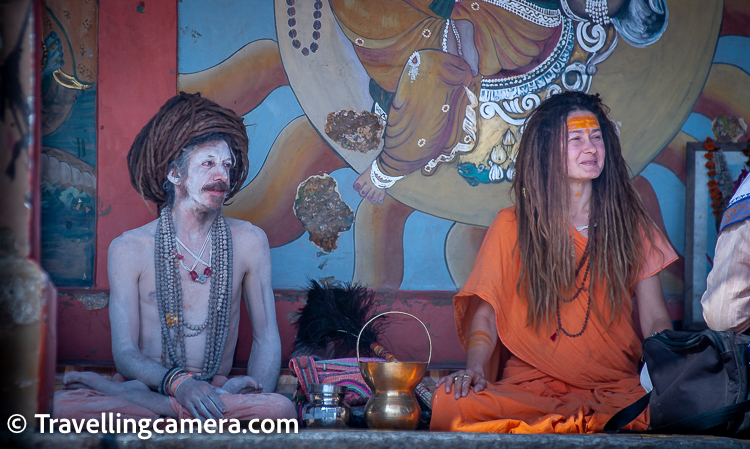
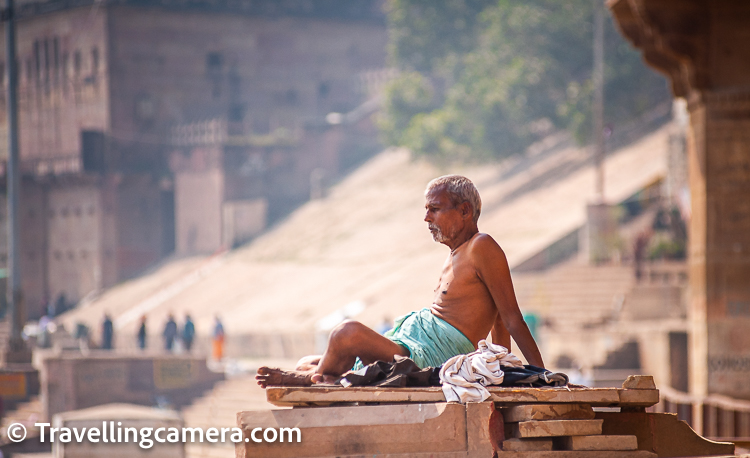
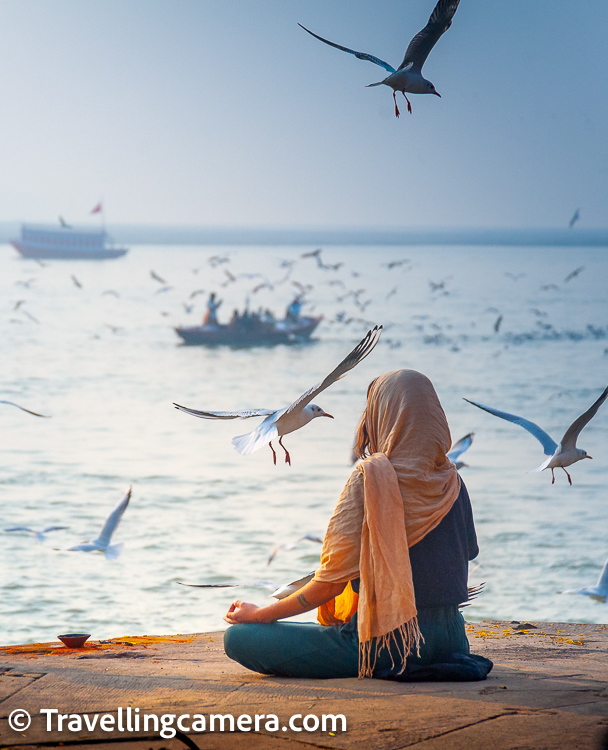

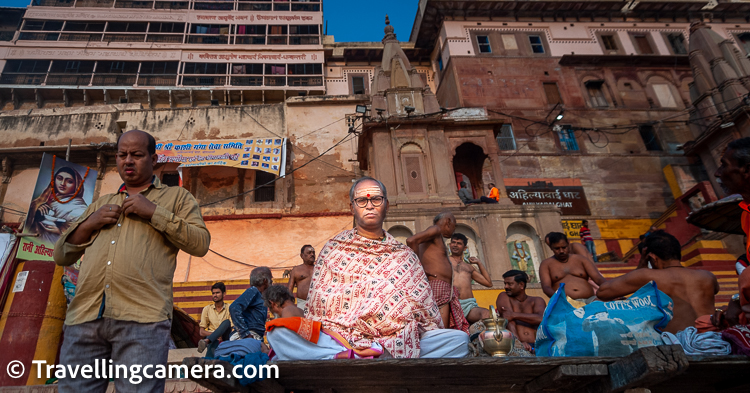


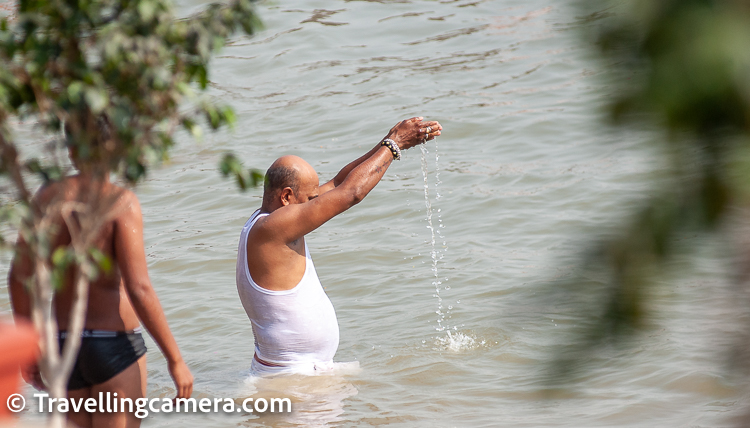

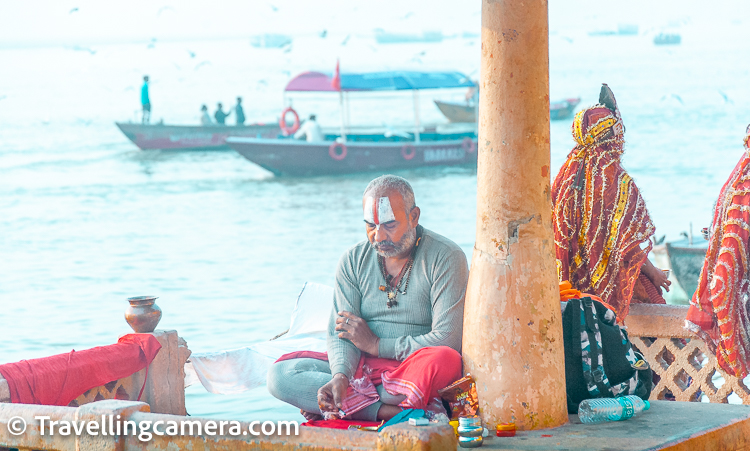


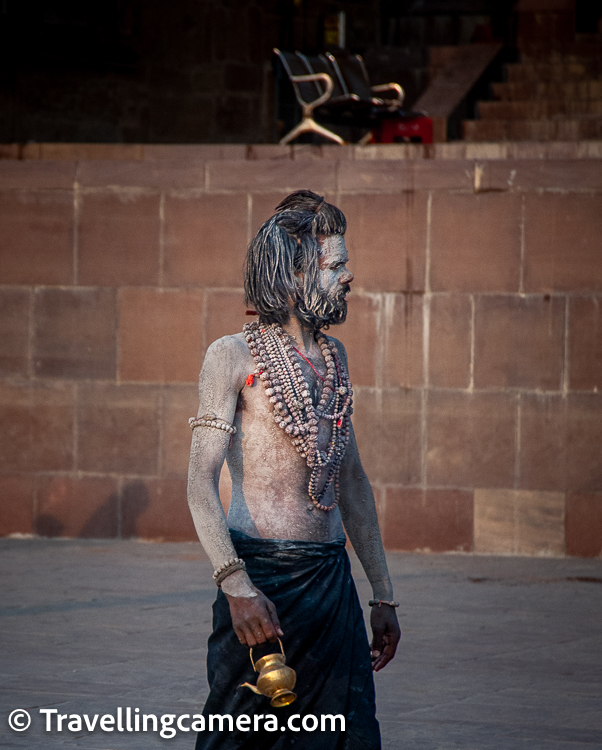


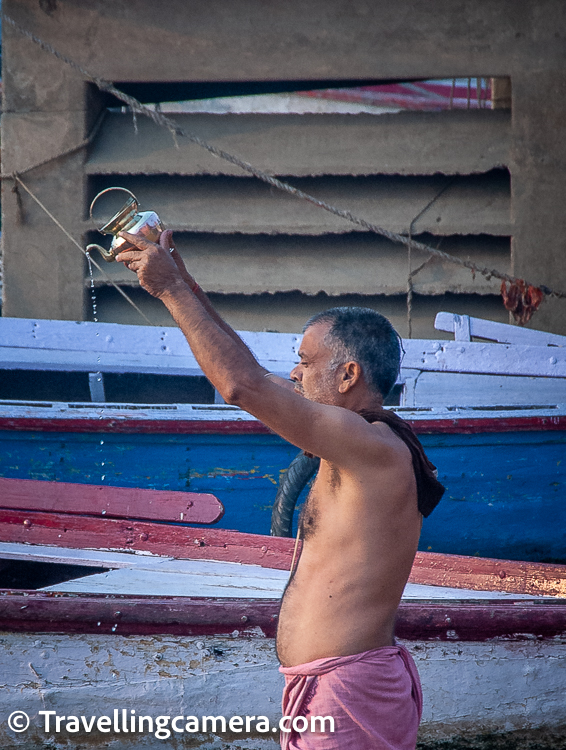
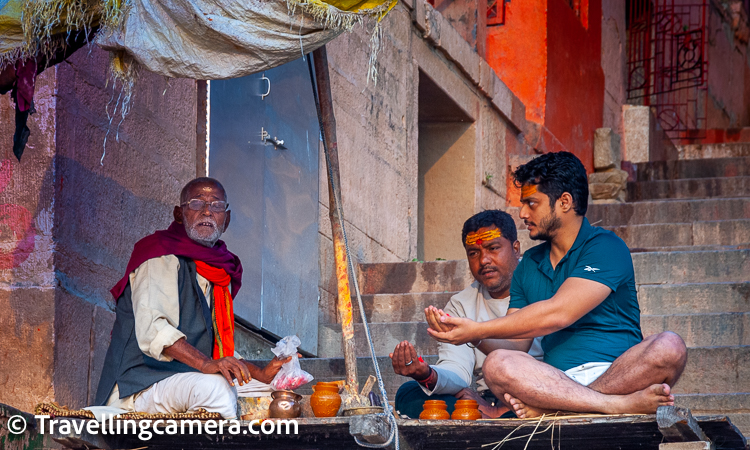
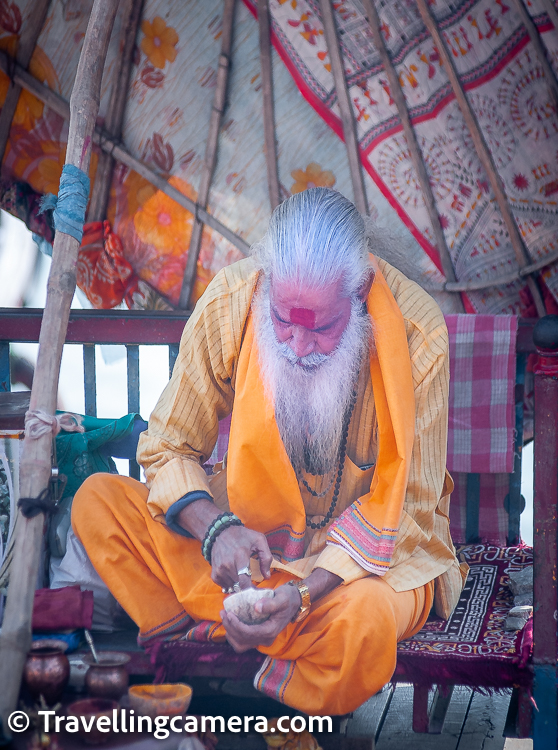


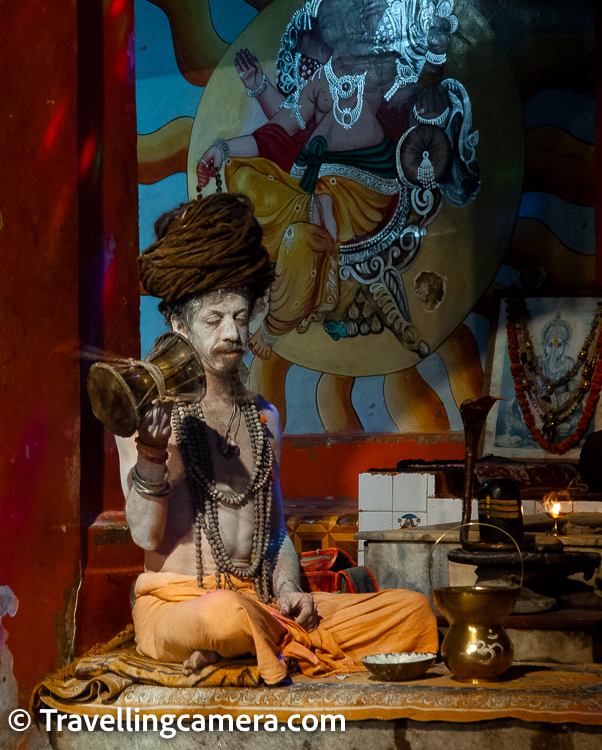






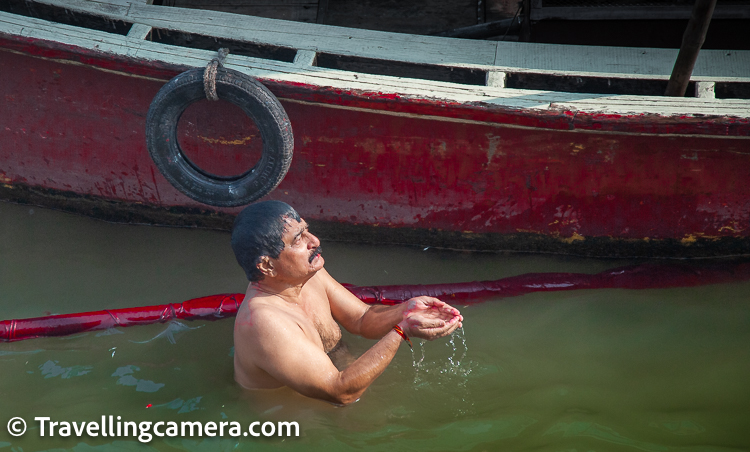



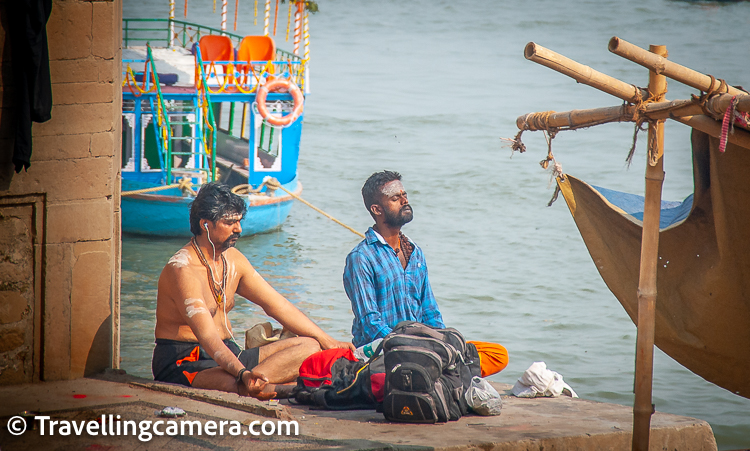














.jpg)
Comments